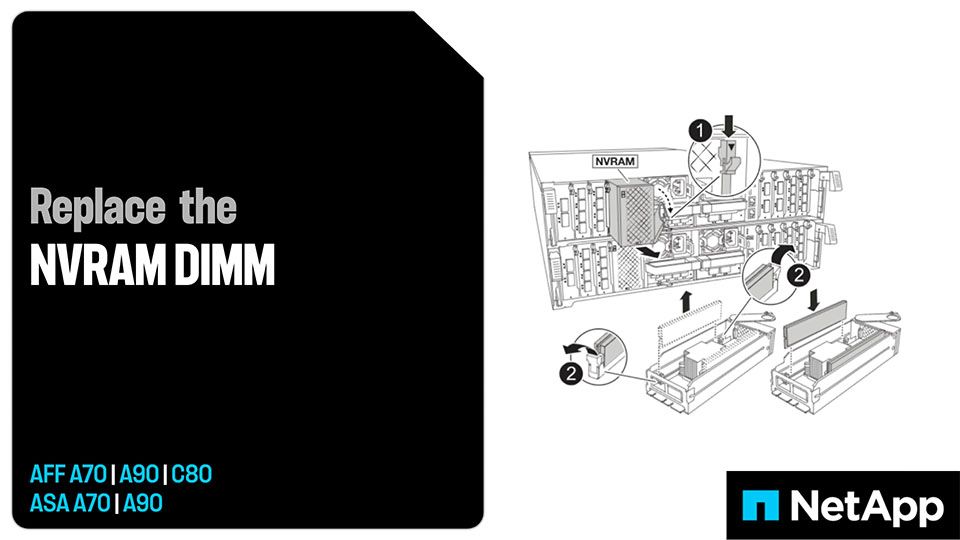The new SSD capacity decrease capability of FSx for ONTAP Gen-2 file systems, transforms high-performance storage workloads management on AWS, offerin ...read more
Deep Learning (DL) is the subfield of Artificial Intelligence (AI) that focuses on creating large neural network models capable of data-driven decisio ...read more
I'm excited to kick off a new blog series called Back to Basics (B2B). The goal is to revisit fundamental concepts that often slip through the cracks ...read more
NetApp’s unified data protection platform, now fully equipped to safeguard SQL Server environments with enterprise-grade precision
Blog Activity
More
Public












